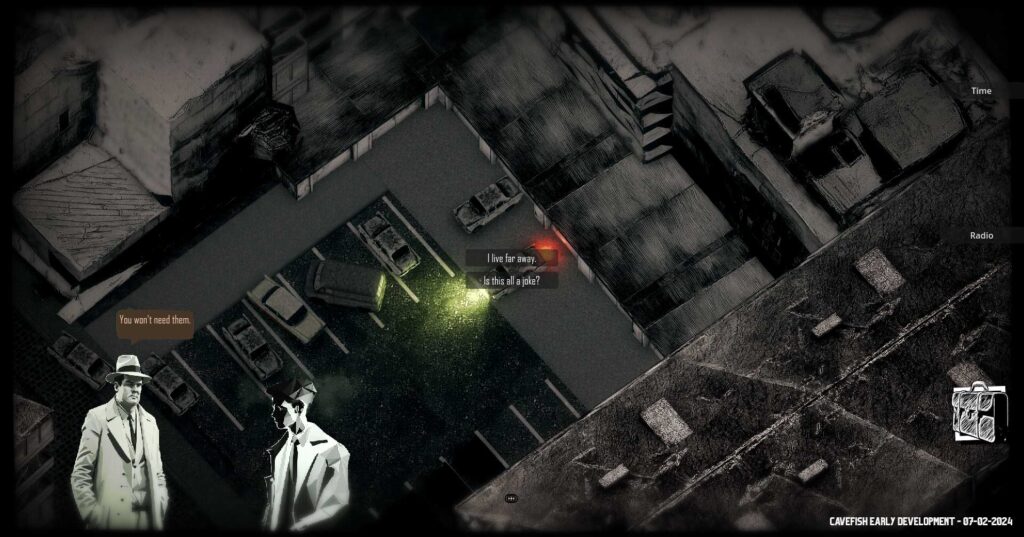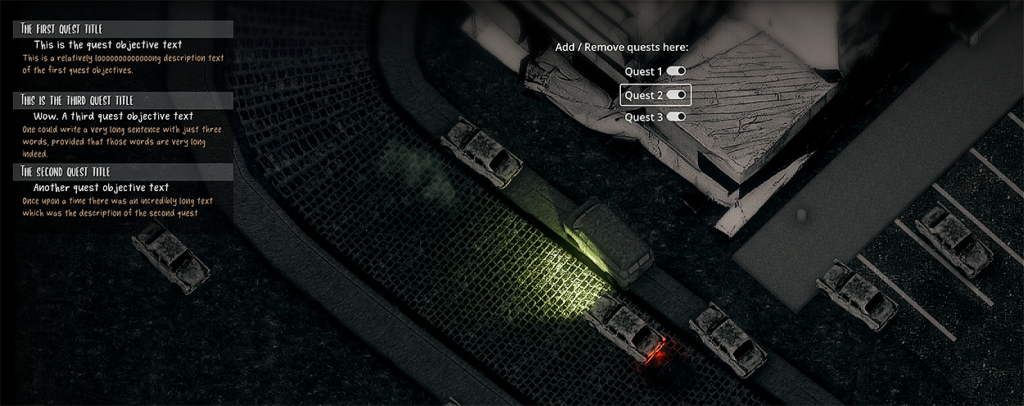It’s been a while.
COVID has come and gone. I moved to a new home, life changed. Cavefish changed.
I started having some doubts regarding some realism aspects of my project Cavefish. There were also several issues with my approach to the development of the game and some graphical issues that were hard to tackle.
For a variety of reasons, development was too difficult and progressing slowly.
So Cavefish went on a hiatus with the promise of coming back.
Then Unitygate happened and I moved to the Godot game engine.
I found that with Godot, it was surprisingly easy to put my ideas into code and the new developments in AI allow me to test new ideas quickly.
These AI tools helped me make fast visual mockups and code changes. I opened up to the possibility of restarting the development of Cavefish in a new engine.
I love the theme of Cavefish – I think there’s so much to explore. There’s also new core gameplay ideas that have barely ever been used in other videogames.
But I felt like the old approach, although immersive, it wasn’t intuitive for most people. So I started working on a new camera angle, a new way of interacting with things and people outside the player’s vehicle.
So, Cavefish changed.

Cavefish is now mostly a top-down game.
It features the same core principles – you’re a radio operator spy in an oppressive Eastern European country and a large-scale conspiracy is going on in the background, shaking the foundations of your homeland. You will be invited to pick a side – and there are several of them – including some sides which you may not yet know exist. Yes, there’s a forked narrative with multiple endings.
I’ve finished developing many of the game’s core systems. You’re already able to lockpick vehicles, talk and interact with people, plant bugs and listen to different frequencies on the portable radio you’re carrying. A small town has been built, with roads and crossings.
I’ve spent quite some time figuring out the visuals of the game, but I think I’ve got it. The game will start with the protagonist being interrogated and then sketching his memoires. So most of the game’s graphics will be drawn in black and white, with just a bit of color highlights here and there. I’m aiming at something like a comic book graphic novel. A noir detective-spy kind of thing. I’ll update this post with a few screenshots later on when I’ve added a few more assets.
As for sound, we’ve got radios playing, dialogues (and subtitles) and car sounds. Atmosferic sounds are still missing.
In the upcoming months I’ll be sharing my progress here and I’ll share these posts on social media as well (mostly on Twitt… uh X I mean… ew…).

I’ve also started sharing development tutorials on this website.
Godot is a relatively new engine and the community isn’t that large yet, so there’s plenty of tutorials and assets missing from the web.
I decided to share those free of charge on this website. I’ll also show how these were used in the development of Cavefish – so sometimes you’ll find some exclusive screenshots on those posts.
So far, I’ve already posted a tutorial on how to do a simple quest system and how to see your character through walls (x-ray vision). I couldn’t find any useful tutorials online, so I made my own examples and I’m sharing them with everyone.
I’ll be creating a Patreon page sometime in the future, when I have some more screenshots to more easily market Cavefish.
In the meantime, I’ve set up a tip/donation box for those wanting to help bring this idea to life. ❤️
I’m very excited to be working on this again – and to be fair most of the core systems of the game are already in place and are already fun to play with. I just lack a lot of narrative planning and a ton of visual assets.
I’ll be updating this post with new screenshots soon. Stay “tuned”!
Happy to be here again.
Rui S.



Pingback: Godot - Basic quest system example - Starchild Studios